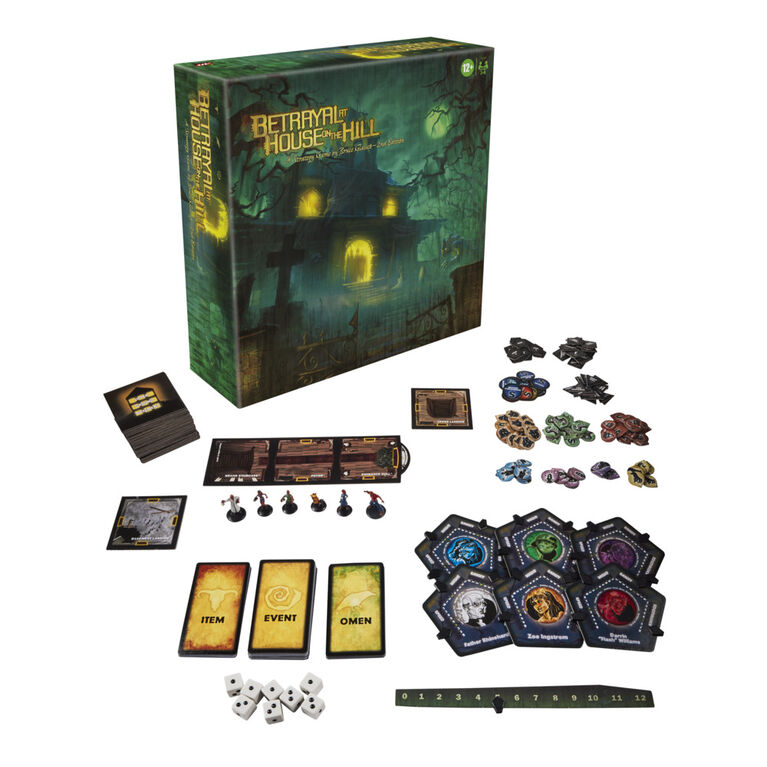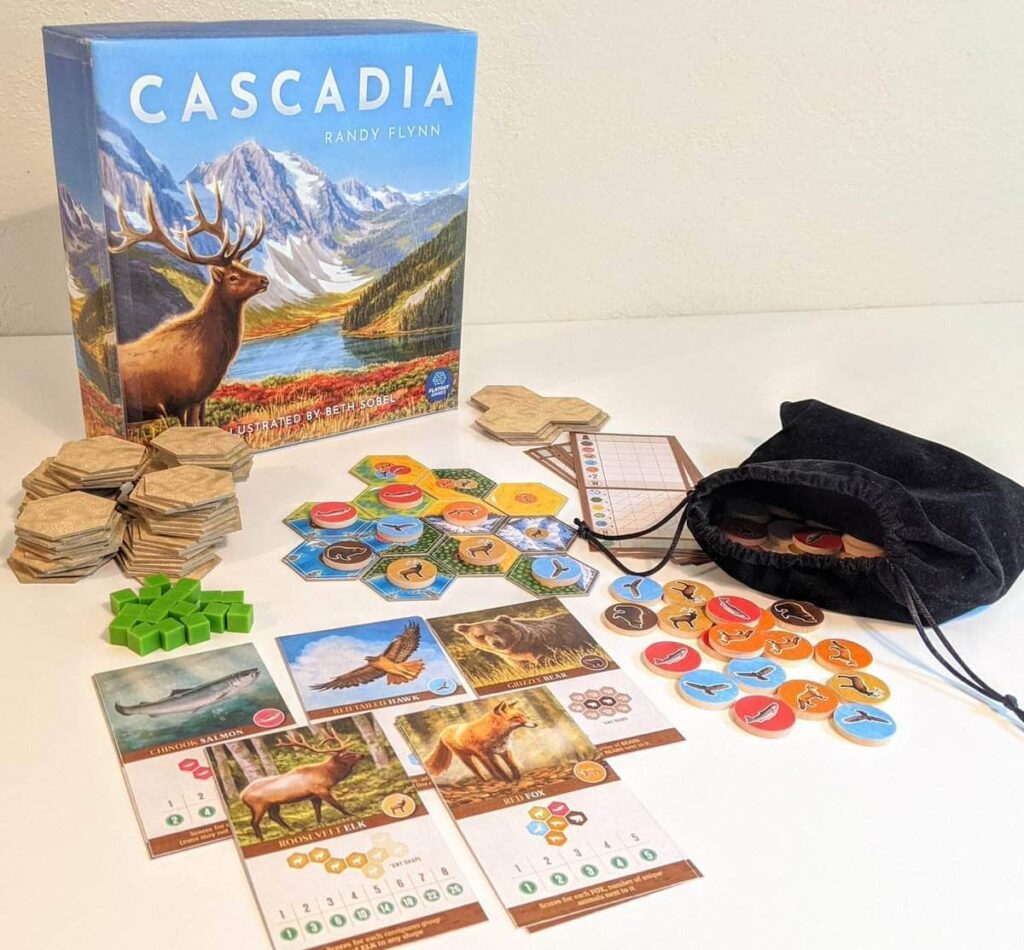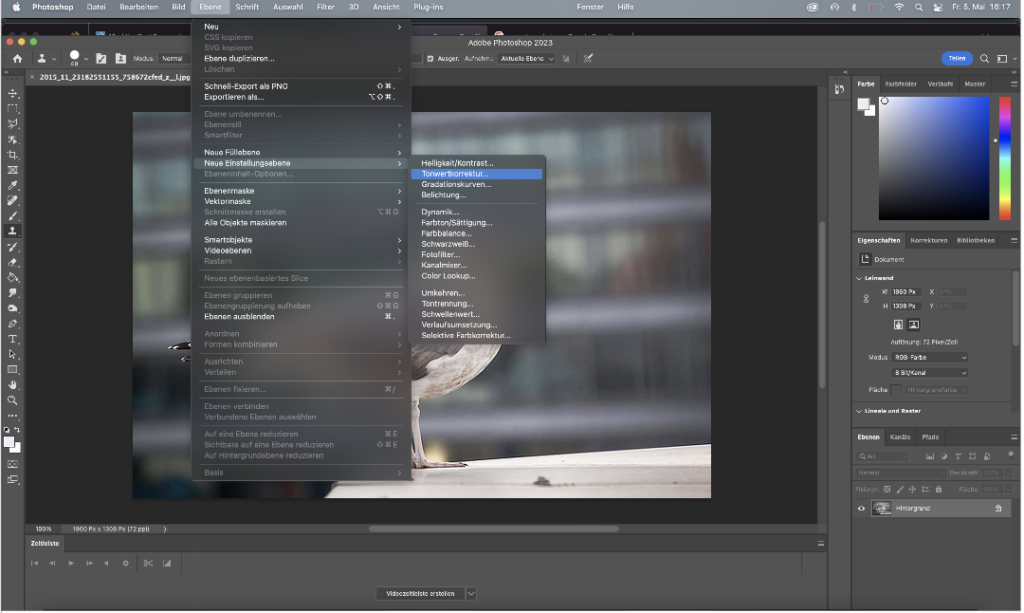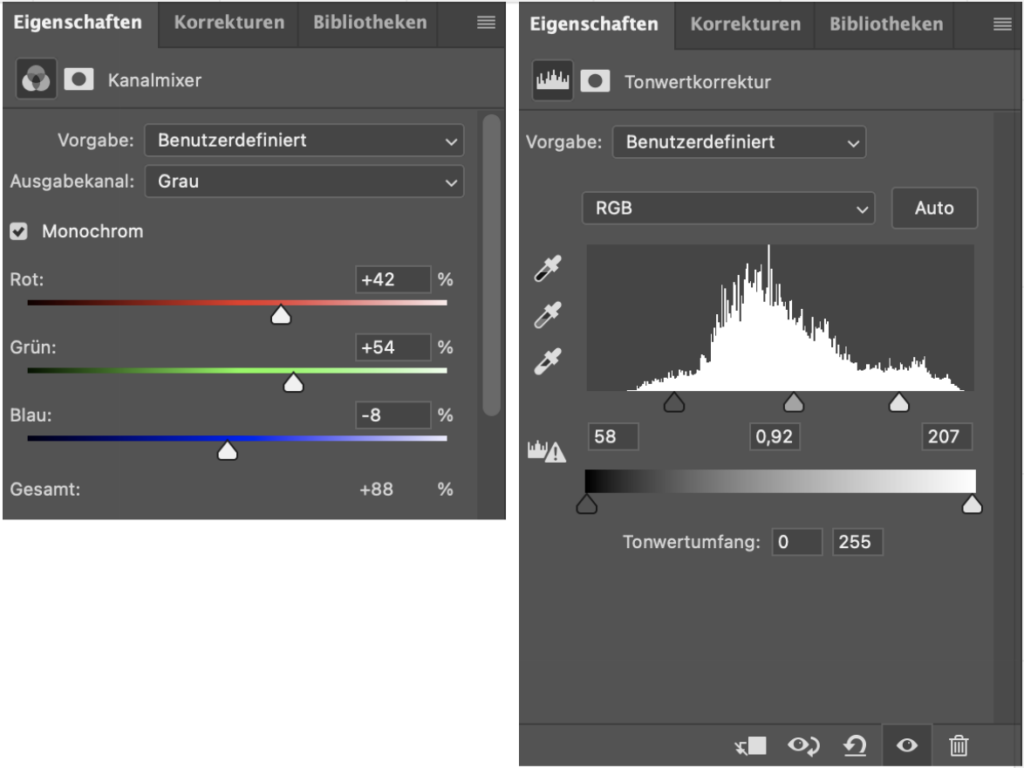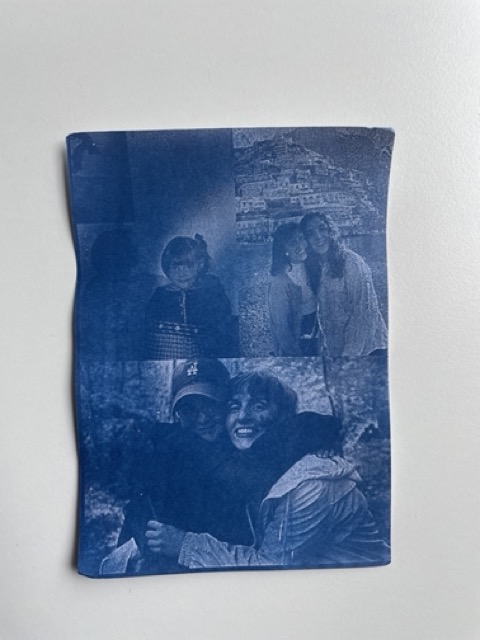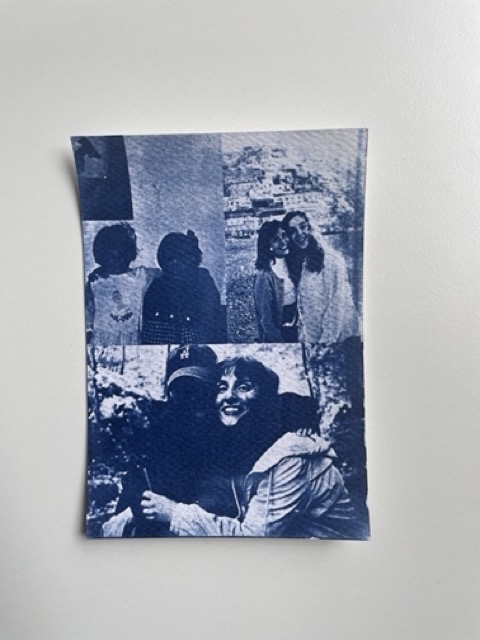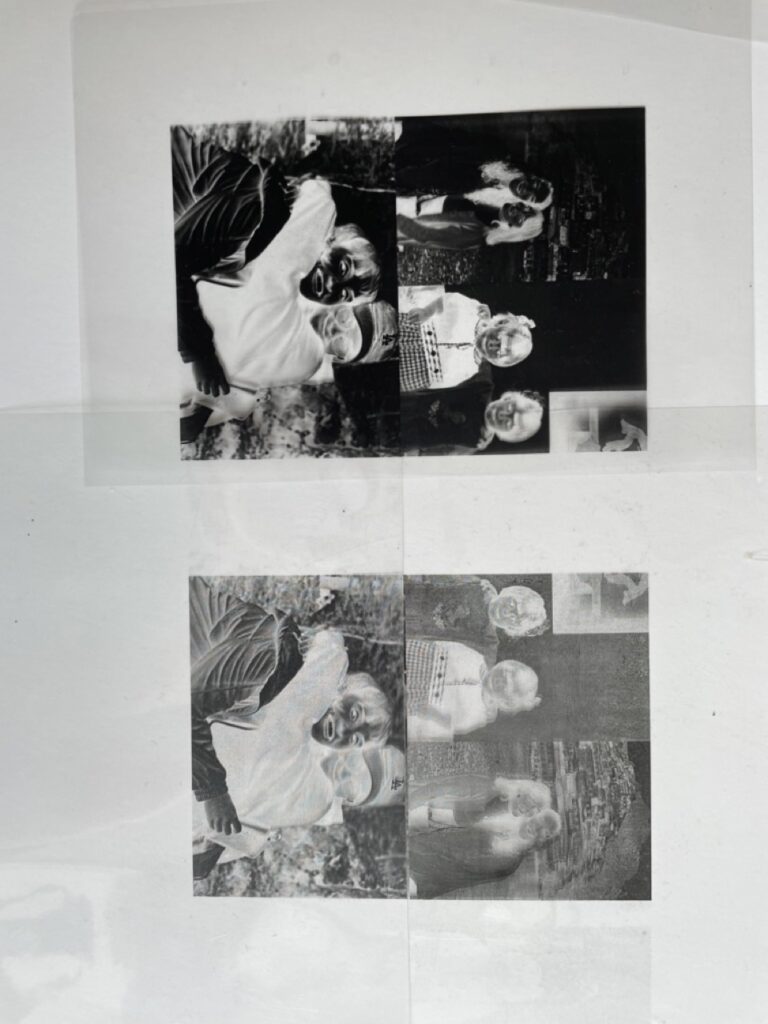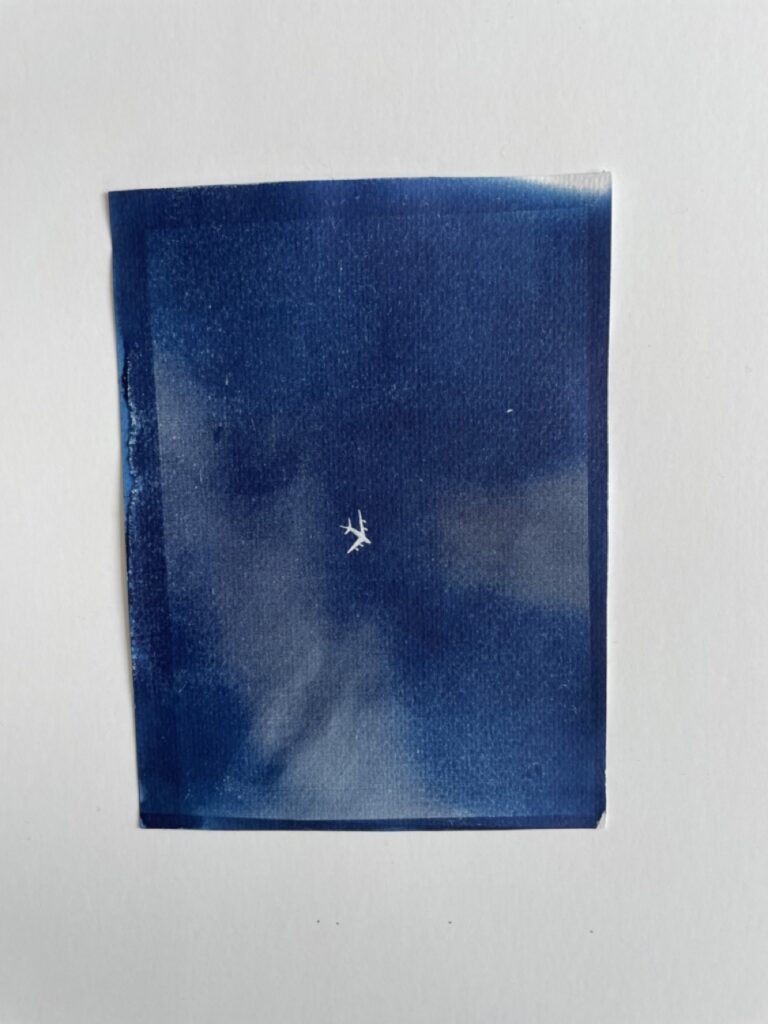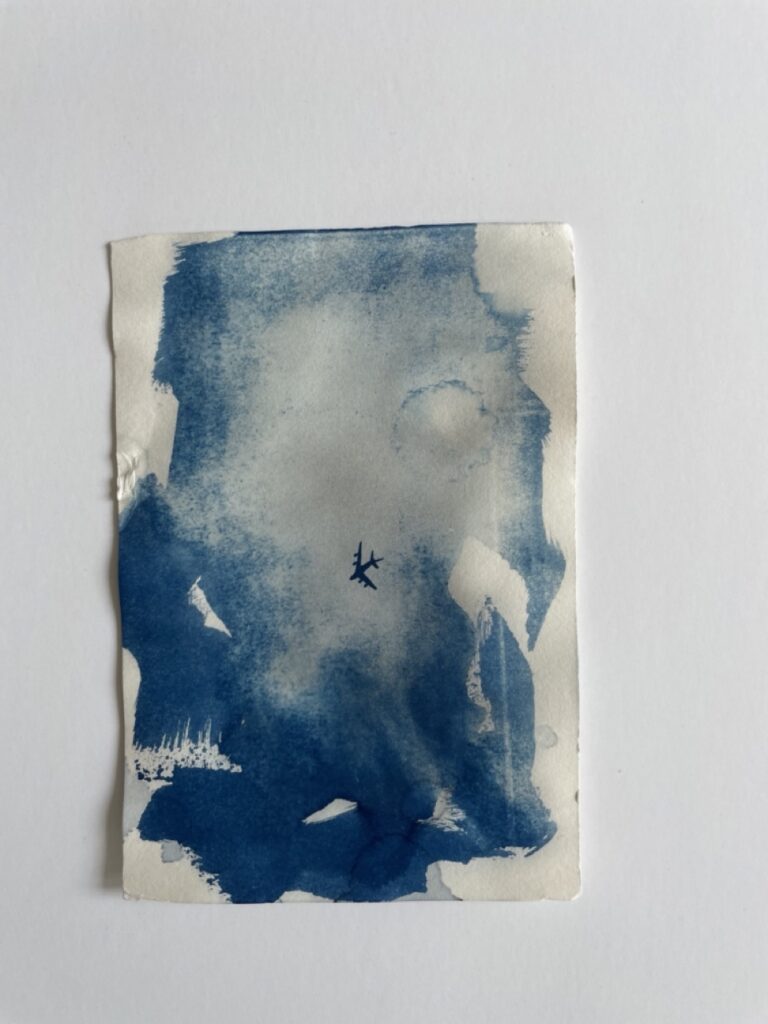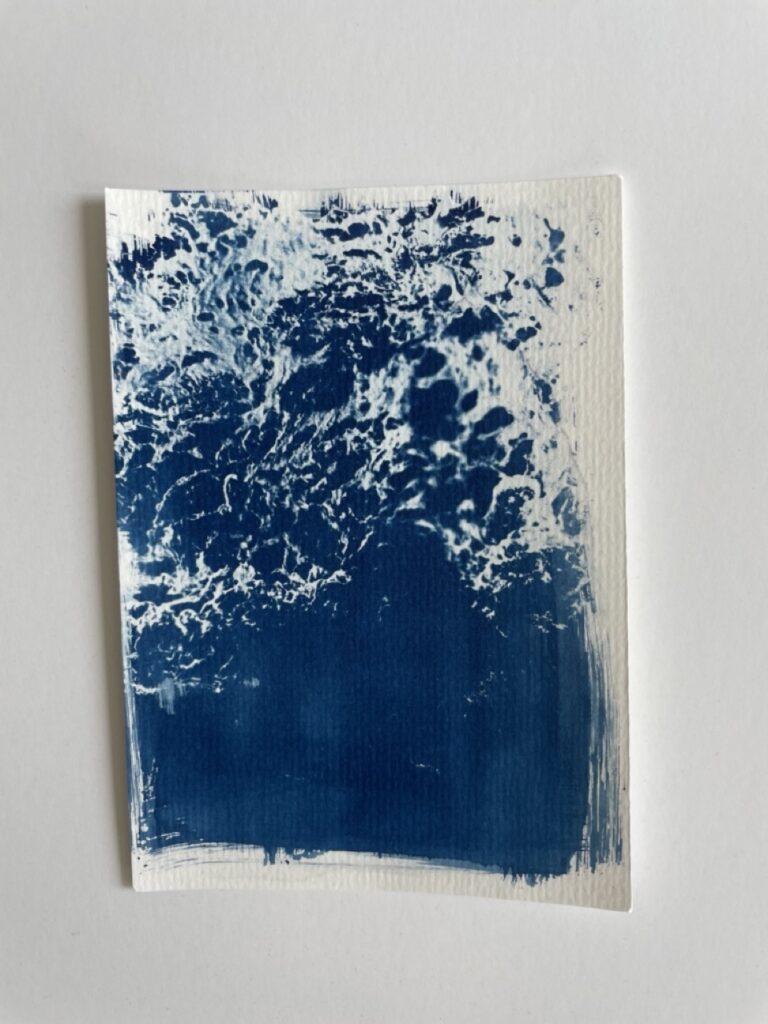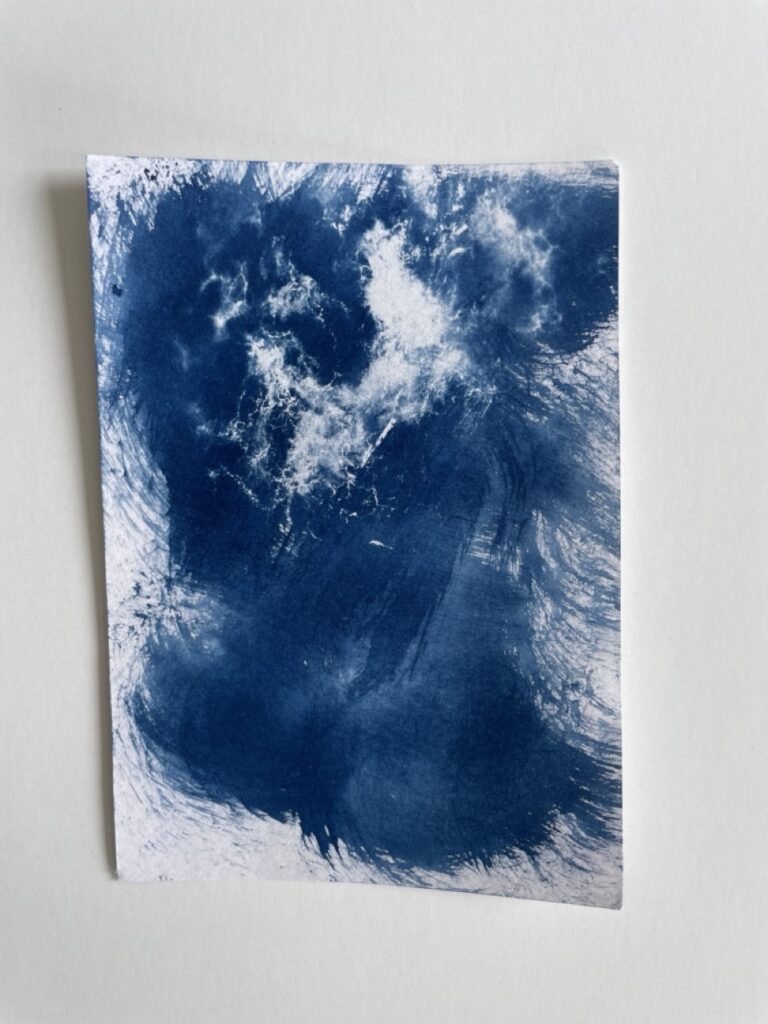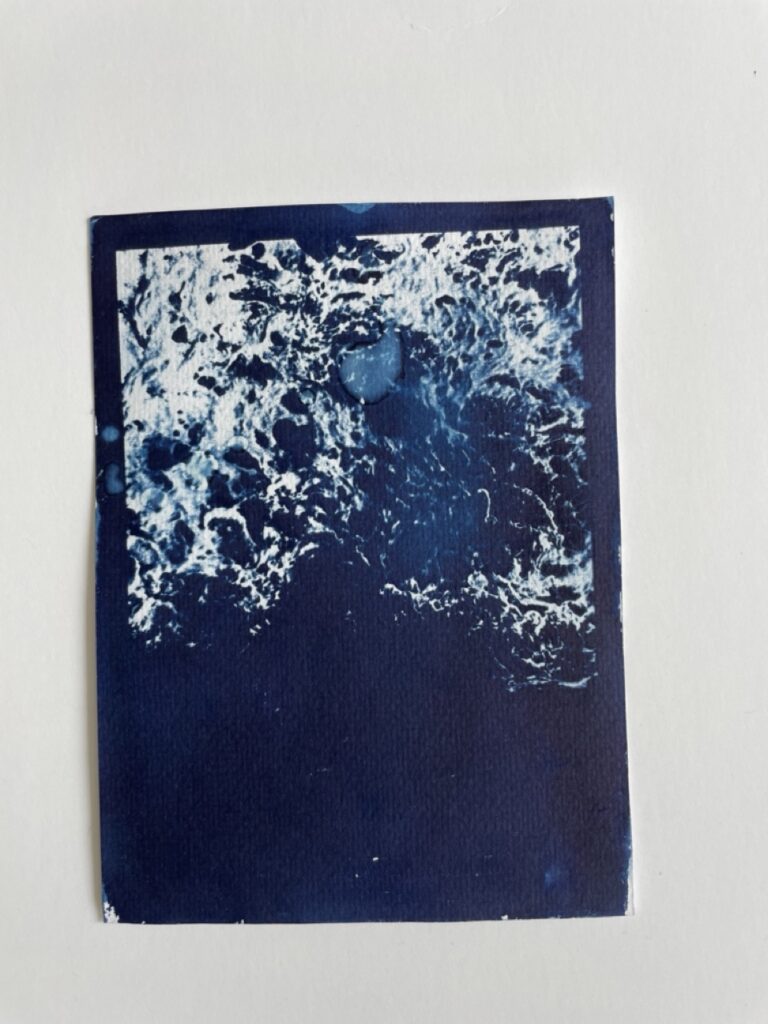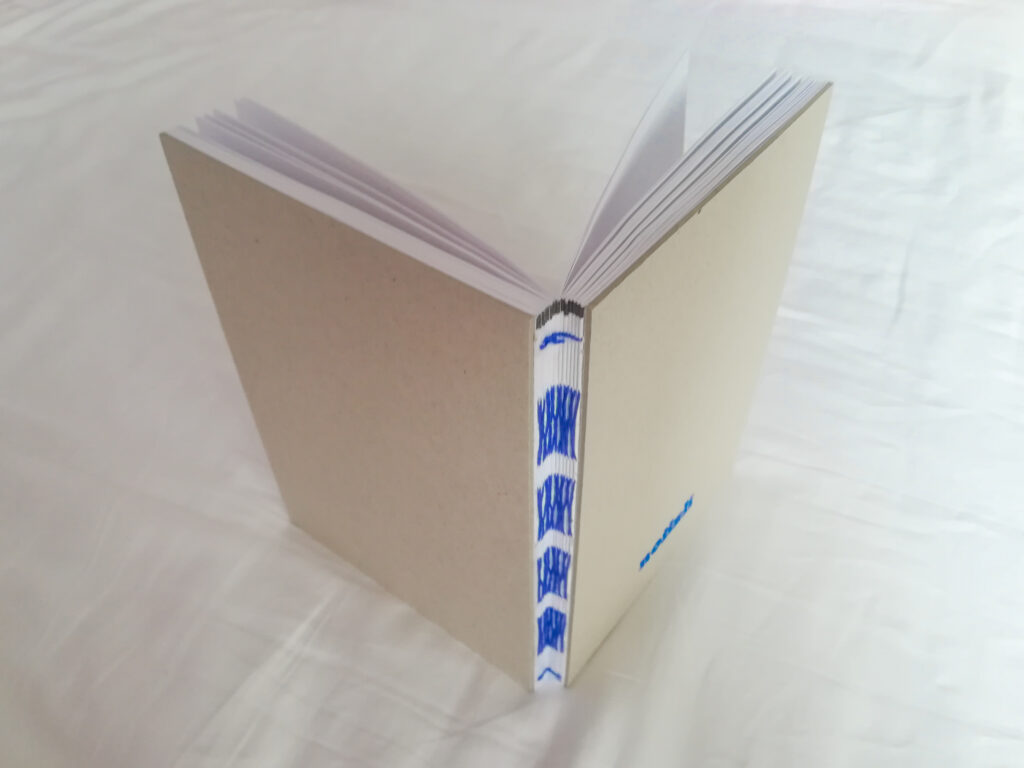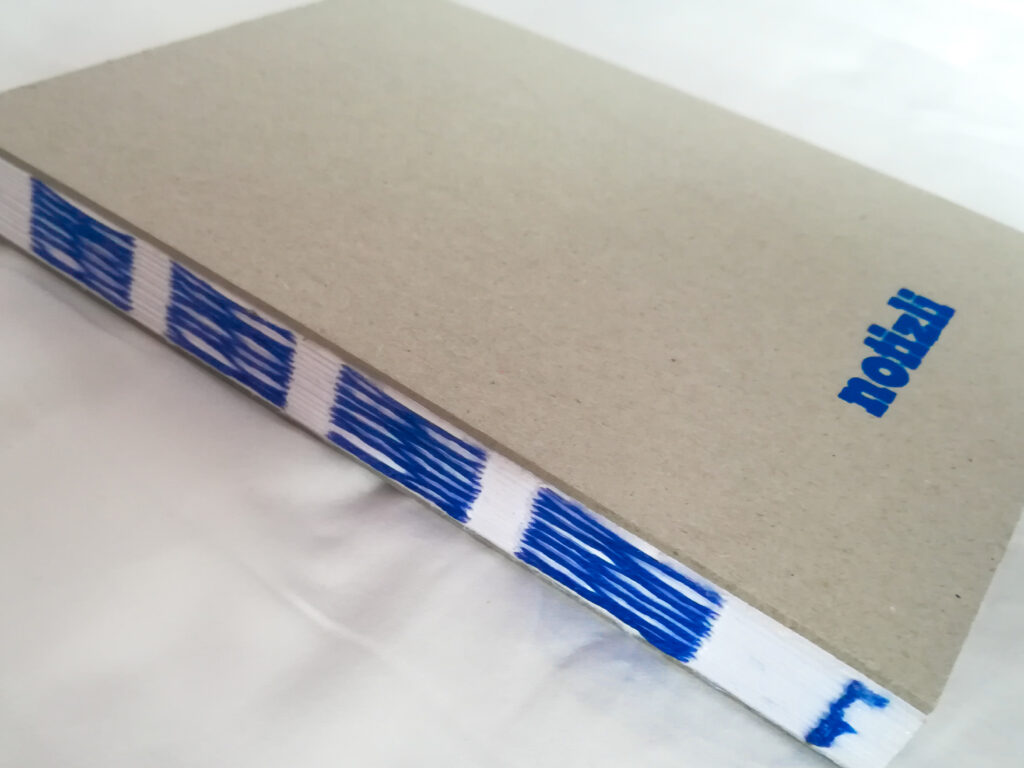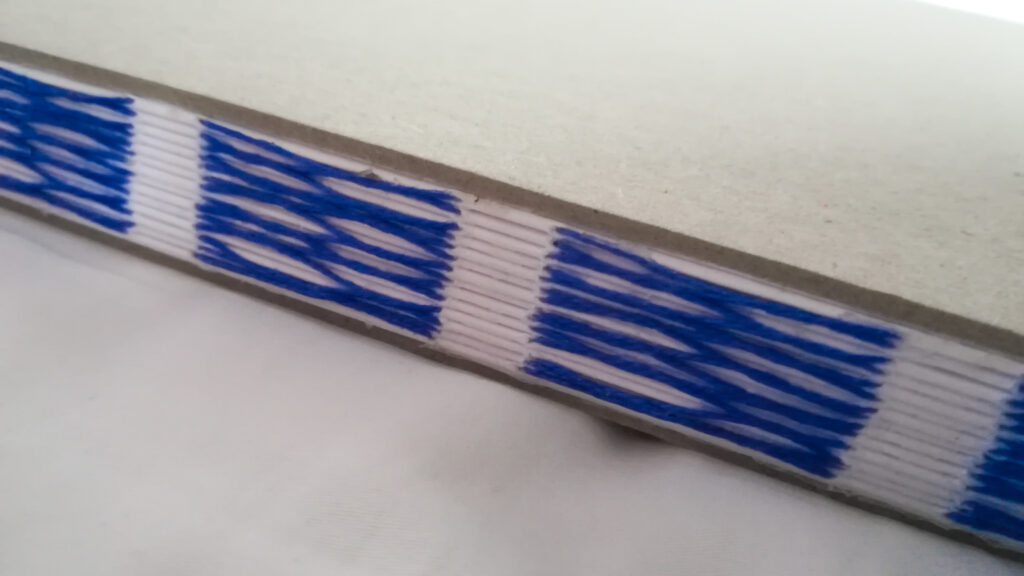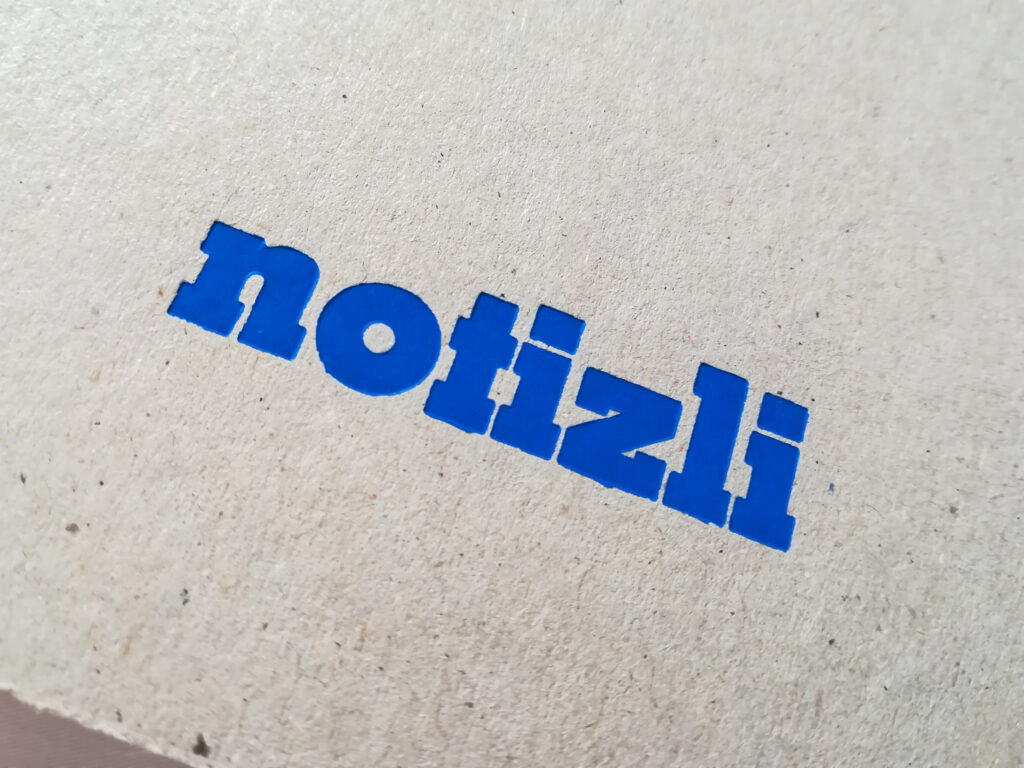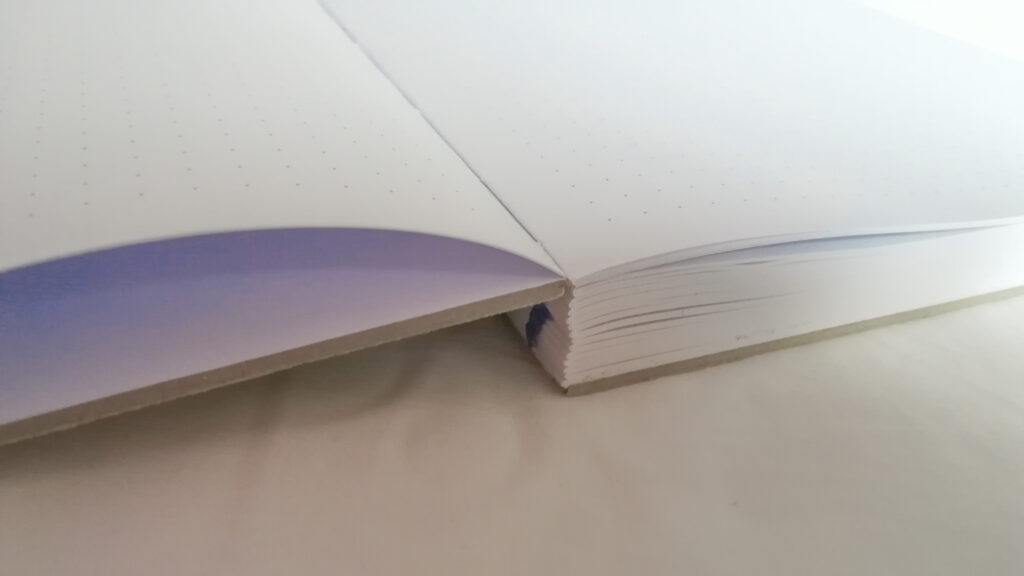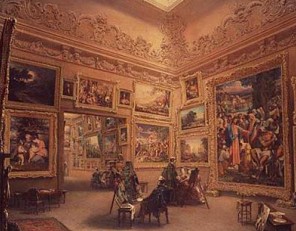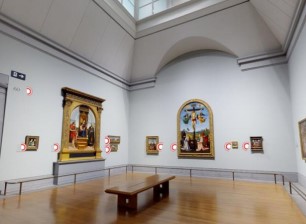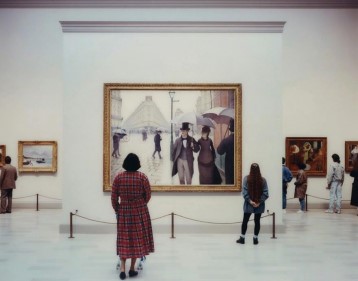Brettspiel Genres
Auch bei Brettspielen gibt es eine große Auswahl an unterschiedlichen Genres. Hier ist ein kleiner Überblick:
Abstrakt
Brettspiele ohne spezifisches Thema oder mit einem vom eigentlichen Spielerlebnis losgelösten Thema. Beispiele für abstrakte Spiele sind Dame, Schach und Go. Im Vergleich zu anderen Kategorien können Schachfiguren und der Vorschlag historischer Kriegsführung als relativ thematisch betrachtet werden.
Beispiele: Dame, Schach, Go, Tak, Shobu, Hive, Santorini, Azul und seine Fortsetzungen.
Area Control
Brettspiele mit einer Art von Karte oder Spielbrett, das einen Raum definiert, den die Spieler dominieren möchten. Dies geschieht normalerweise durch Hinzufügen eigener Spielfiguren zu Regionen oder Gebieten oder durch Entfernen der Spielfiguren des Gegners. Manchmal erfolgt die Kontrolle auch durch das Verhindern des Zugangs zu bestimmten Bereichen, anstatt sie selbst zu übernehmen. Man könnte sogar argumentieren, dass Scrabble ein Beispiel für dieses Genre ist!
Beispiele: Small World, Risk, Nanty Narking, Blood Rage.
Kampagne/Legacy
Kampagnen-Brettspiele bestehen aus einzelnen Spielen, die eine Reihe von verbundenen Szenarien folgen, bei denen die Handlungen und Ergebnisse eines Szenarios in der Regel das nächste beeinflussen. Legacy-Brettspiele sind eine spezielle Art von Kampagnenspielen, bei denen die getroffenen Entscheidungen und Aktionen zu dauerhaften (oft physischen) Veränderungen am Spiel und seinen Komponenten führen, wie zum Beispiel das Aufkleben von Stickern auf das Spielbrett oder das Zerreißen von Karten. Sie bieten oft ein einzigartiges Spielerlebnis.
Beispiele: Gloomhaven, Pandemic Legacy, Charterstone, Betrayal Legacy.
Deckbuilder
Jeder Spieler beginnt mit einem identischen Kartendeck, das jedoch im Laufe des Spiels verändert wird, indem stärkere Karten hinzugefügt und schwächere entfernt werden. Deckbuilder werden manchmal mit Deck-Konstruktionspielen wie Trading Card Games verwechselt, wobei der Unterschied darin besteht, dass das Erstellen und Anpassen des Decks bei Deckbuildern ein integraler Bestandteil des Spiels ist, anstatt etwas, das normalerweise außerhalb des Spiels zwischen den Runden stattfindet.
Beispiele: Dominion, Star Realms, Undaunted: Normandy, Harry Potter: Hogwarts Battle.
Deck Construction
Eine Art von Brettspiel, bei dem die Spieler vor dem Spiel aus einer großen Auswahl an Karten verschiedene Decks zusammenstellen, entsprechend spezifischer Regeln. Es gibt zwei Hauptverteilungsmodelle: Trading- oder Sammelkartenspiele verkaufen Booster-Packungen mit einem zufälligen Satz von Karten, während Living Card Games und erweiterbare Deckspiele in jeder Erweiterung einen festen Satz von Karten bieten. Der Begriff “Living Card Game” bezieht sich speziell auf Spiele dieser Art, die von Fantasy Flight Games produziert werden und den Begriff als Marke geschützt haben.
Beispiele: Magic: The Gathering, Android: Netrunner, Marvel Champions, Arkham Horror: Das Kartenspiel.
Geschicklichkeitsspiele
Brettspiele, die körperliche Geschicklichkeit erfordern, sei es der gesamte Körper wie bei Twister oder nur die Finger zum Bewegen von Dingen wie dem Entfernen von Blöcken bei Jenga. Dies kann auch das Flicken von Scheiben oder anderen Objekten mit den Fingern wie bei Flick ’em Up, das Balancieren von Dingen in Spielen wie Beasts of Balance oder sogar das Werfen von Objekten wie bei Dungeon Fighter umfassen.
Beispiele: Cube Quest, Catacombs, Flip Ships, Flick ’em Up, Crokinole, Beasts of Balance.
Drafting
Drafting ist ein Mechanismus, bei dem den Spielern eine Auswahl an Optionen (normalerweise Karten, manchmal auch Würfel) präsentiert wird, aus denen sie eine auswählen müssen. Die Auswahl kann entweder aus einem gemeinsamen zentralen Pool von Optionen erfolgen oder aus einer Hand von Karten, die zwischen den Spielern weitergegeben wird. Dies kann ein kleiner Teil eines Spiels sein, wie die Auswahl einer Fähigkeit zur Verwendung während einer Runde, oder der gesamte Entscheidungsraum eines Spiels.
Beispiele: 7 Wonders, Sushi Go!, Villagers.
Dungeon-Crawler
Die Spieler übernehmen die Rollen von Charakteren, die sich durch einen Ort bewegen, oft dargestellt durch eine Karte mit einem quadratischen Raster oder einer Seite in einem Buch. Dabei bekämpfen sie Gegner, die von einem anderen Spieler, einer Begleit-App oder dem Spielsystem selbst kontrolliert werden.
Beispiele: Gloomhaven, Mansions of Madness, Star Wars: Imperial Assault, Mice and Mystics.
Engine-Builder
Im Laufe eines Engine-Builder-Brettspiels baut man eine “Engine” auf: etwas, das die anfänglichen Ressourcen und/oder Aktionen in mehr Ressourcen umwandelt, die wiederum in noch mehr Ressourcen umgewandelt werden und letztendlich in Siegpunkte münden.
Beispiele: Res Arcana, Century: Spice Road, Race for the Galaxy.
Eurogame
Oft auch einfach “Euro” genannt, handelt es sich hierbei um strategieorientierte Brettspiele, bei denen begrenzter Zufall im Vergleich zum Thema priorisiert wird. Eurospiele sind in der Regel kompetitiv, wobei die Interaktion zwischen den Spielern hauptsächlich durch passive Konkurrenz statt durch aggressiven Konflikt entsteht. Der Begriff wurde geprägt, da viele frühe Spiele dieses Stils in Europa – insbesondere in Deutschland – entwickelt wurden, im Gegensatz zu den thematischeren, aber chancenorientierten “amerikanischen” Spielen dieser Zeit. (Manchmal auch von denen, die den hohen Glücksfaktor nicht mögen, als “Ameritrash” bezeichnet.)
Beispiele: Agricola, Paladins des Westfrankenreichs.
Push-your-luck
Brettspiele, die dich dazu einladen, immer größere Risiken einzugehen, um immer wertvollere Belohnungen zu erzielen – oder zu entscheiden, das zu behalten, was du hast, bevor du alles verlierst. Denke an das Kartenspiel Blackjack oder daran, ob du eine unsichere Antwort bei “Wer wird Millionär?” gibst. Manchmal auch als “Press-your-luck” bezeichnet.
Beispiele: Die Quacksalber von Quedlinburg, Port Royal, Deep Sea Adventure.
Roll-and-move
Brettspiele, bei denen man einen oder mehrere Würfel wirft und sich entsprechend vieler Felder bewegt – häufig auf einer Schleife von Feldern oder einem Pfad mit einem Start und Ziel. Oft lösen bestimmte Felder bestimmte Aktionen aus oder bieten dem Spieler bestimmte Spieloptionen. Ganz einfach.
Beispiele: Monopoly, Das Spiel des Lebens, Leiterspiel, Formula D.
Roll-and-write
Würfle einige Würfel und entscheide, wie du das Ergebnis verwendest, indem du es in ein persönliches Punkteblatt einträgst. Jede Entscheidung beeinflusst deine Optionen für den Rest des Spiels, sodass selbst bei Spielen, in denen alle die gleichen Würfel verwenden, leicht unterschiedliche Entscheidungen zu sehr unterschiedlichen Endergebnissen führen können. Einige Spiele variieren den Namen, indem sie die Würfel durch etwas wie Karten in einem “Flip-and-write”-Spiel (Welcome To…) oder das Schreiben durch das Platzieren von Miniaturen in einem “Roll-and-build”-Spiel (Era: Medieval Age) ersetzen.
Beispiele: Yahtzee, Railroad Ink, Ganz schön clever, Corinth.
Social Deduction
Ein oder mehrere Spieler am Tisch haben ein Geheimnis, und der Rest muss herausfinden, wer es ist! Man kann Lügen, Bluffen und wilde Anschuldigungen erwarten. Den Spielern werden oft heimlich versteckte Rollen zugewiesen, die nur sie kennen, und sie müssen ihre eigenen Ziele erreichen, indem sie entweder denjenigen finden, der heraussticht, oder verbergen, dass sie selbst herausstechen.
Beispiele: Blood on the Clocktower, One Night Ultimate Werewolf, The Resistance.
Storytelling
Brettspiele mit Schwerpunkt auf Erzählung und Beschreibung, die von den Spielern geleitet oder vollständig von ihnen erstellt wird. Dies kann eine übergeordnete Geschichte sein, die das gesamte Spiel oder eine Kampagne mit mehreren Sitzungen umfasst und aus vordefinierten Abschnitten vorgelesen wird. Es kann aber auch eine Abfolge von Szenen sein, in denen die Spieler aufgefordert sind, etwas aufgrund einer einzelnen Karte zu erfinden und zu beschreiben.
Beispiele: Das Dilemma des Königs, Geschichten aus 1001 Nacht.
Worker-placement
Brettspiele, bei denen man Aktionen von Plätzen auf dem Spielbrett wählt, indem man seine Gruppe von “Arbeitern” – oft thematisch gesehen tatsächliche Arbeiter in deiner Anstellung – ihnen zuweist. In der Regel sind dies Eurospiele, bei denen die Interaktion zwischen den Spielern entsteht, weil Aktionen, die ein Spieler ausgeführt hat, oft von anderen Spielern nicht mehr durchgeführt werden können oder mit Kosten für alle verbunden sind.
Beispiele: Charterstone, Agricola, Caverna, Lords of Waterdeep.
Wargame
Bei Wargames treten Spieler mit Armeen gegeneinander an, die durch Sammlungen von Miniaturen oder Markern auf einer Karte repräsentiert werden, wobei ein Raster oder tatsächlich gemessene Entfernungen für die Bewegung verwendet werden. Das Ziel ist es, die Figuren des Gegners zu eliminieren oder bestimmte Ziele zu erreichen, um zu gewinnen. Kämpfe werden in der Regel durch Würfelwürfe oder das Spielen von Karten bestimmt.
Beispiele: Warhammer 40.000, Memoir ’44, Risiko, Axis & Allies.
